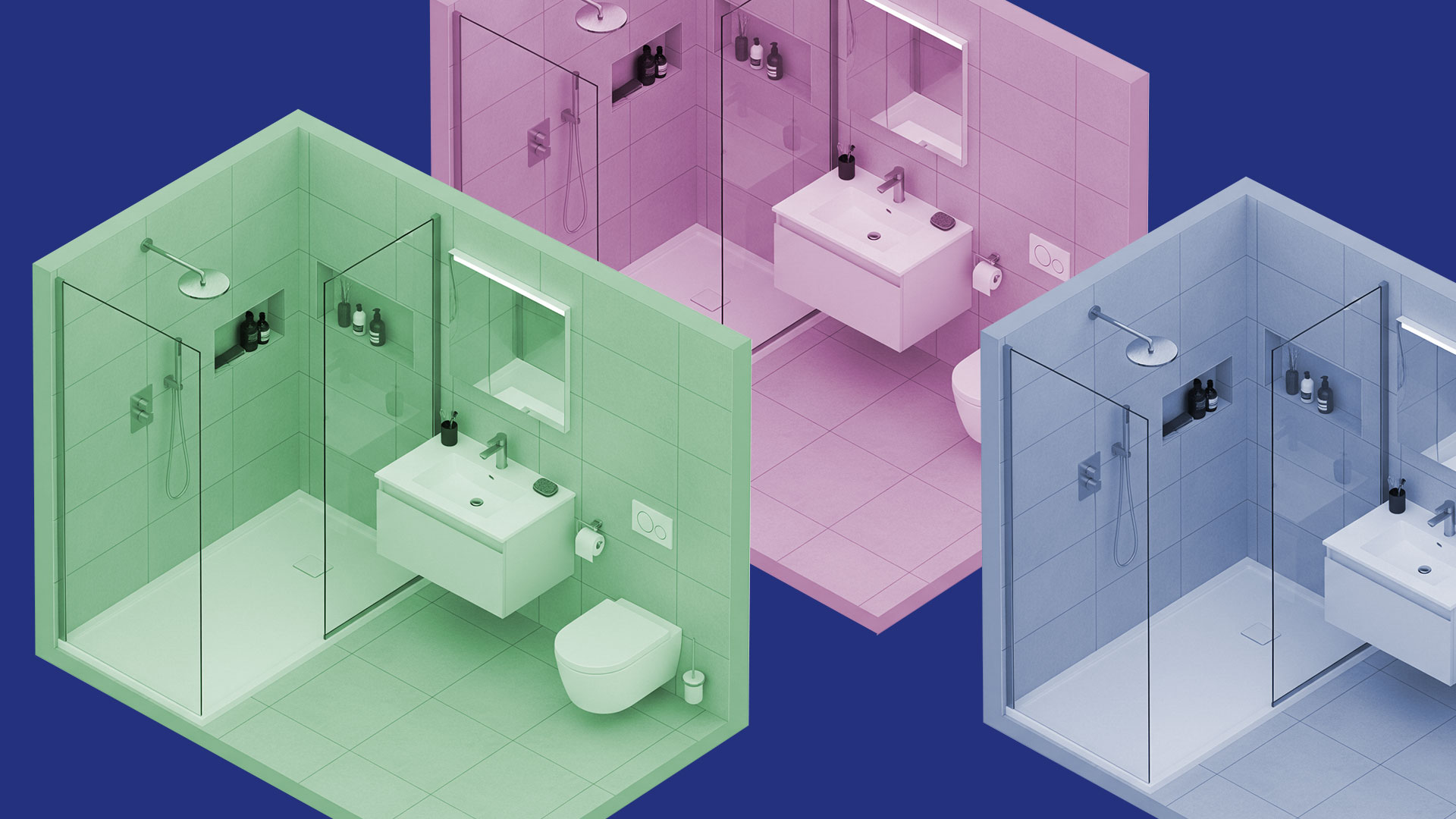Is volumetric modular construction on the verge of a breakthrough, or will it remain experimental or occasional, as it has so far in many countries?
Finnish contractors have used concrete prefabricated building frames regularly since the 1960s. Now, we’re seeing growing interest in volumetric modular construction, especially for certain types of spaces.
My early experiences
As an architecture student in the early 1980s, I worked for the Finnish industrial construction company Rakennusvalmiste, which aimed to prefabricate everything needed for residential construction “under one roof.” That included precast frame elements, façade panels, and bathrooms.
I remember a meeting where our design team was invited to review the year’s new bathroom module. It was made from sheet metal and tiled like a conventional bathroom. The industrial designer’s challenge was to eliminate any “tinny” sounds from the product.
Rakennusvalmiste also made core modules for single-family houses, consisting of a toilet, bathroom, and heat distribution room.
The company was not the first to implement volumetric modular construction in Finland. In 1963, A-Elementti had already licensed a Swedish model made from concrete. The modules were stacked as towers during construction and fixed to the floors with concrete.
Why is interest in volumetric construction rising
Even though volumetric modular construction never really took off in multi-story buildings, Finnish contractors are now showing increasing interest in it.
Speed and productivity are key drivers, but the environmental aspect is becoming equally important. Studies have shown that offsite construction can reduce embodied carbon by 20–40% compared to traditional methods, even when accounting for transport emissions.
Bathroom pods are especially popular. Because the bathrooms are ready-made, structures don’t need time to dry, which reduces lead times. The quality of work is consistent and less dependent on the proficiency of on-site workers.
However, you should decide on the use of modules early in the project. Adding a bathroom pod as an afterthought can create extra work and undermine the very benefits modular construction is meant to deliver.
Modularity also cuts material waste, as production takes place in controlled environments where materials are well managed.
This more industrialized approach boosts productivity. Fewer workers are needed on-site, and supervisors save considerable time because they don’t need to check every stage of work in each bathroom.
The agile manufacturing future?
There are several volumetric module manufacturers in Finland. Most supply timber modules for apartment buildings, non-residential projects, and single-family homes. Only a handful specialize in modules for the dominant multi-story prefabricated concrete projects.
Unlike prefabricated concrete elements, volumetric modular construction does not yet have its own formalized standards in Finland. The modules must comply with existing building codes, fire safety regulations, structural requirements, and sustainability standards just like any other construction method.
Would establishing specific standards increase the popularity of volumetric modular construction? Perhaps.
On the other hand, modern digital and robotized fabrication is far more flexible than traditional precast concrete manufacturing. It even allows “a series of one” to be produced cost-effectively.
View the original article and our Inspiration here


Leave a Reply